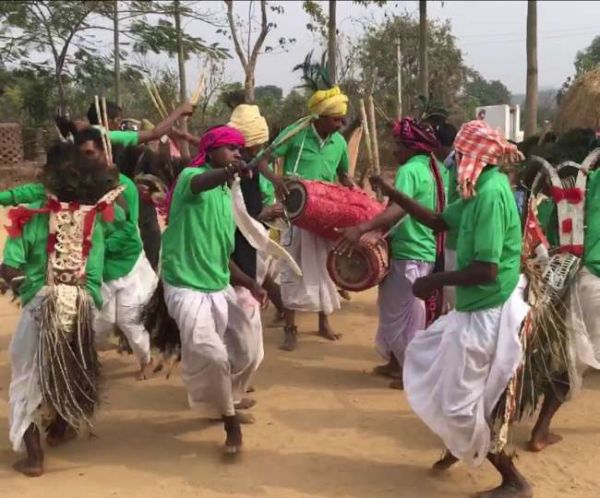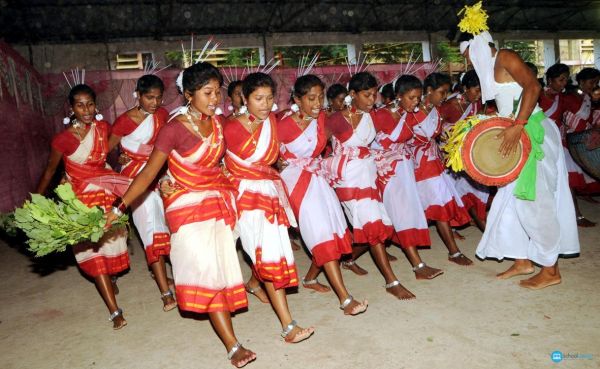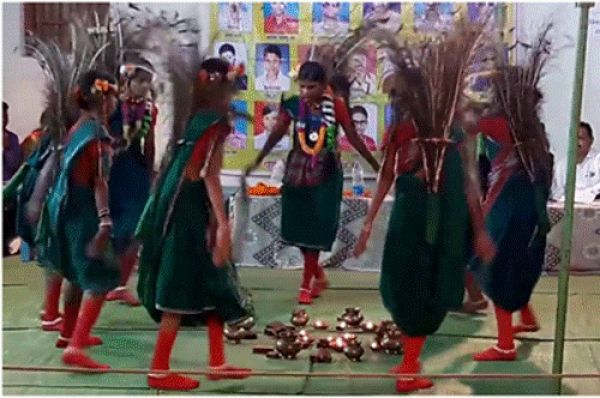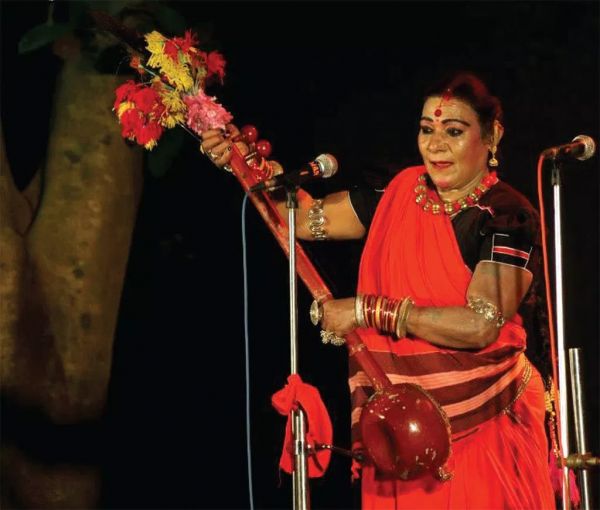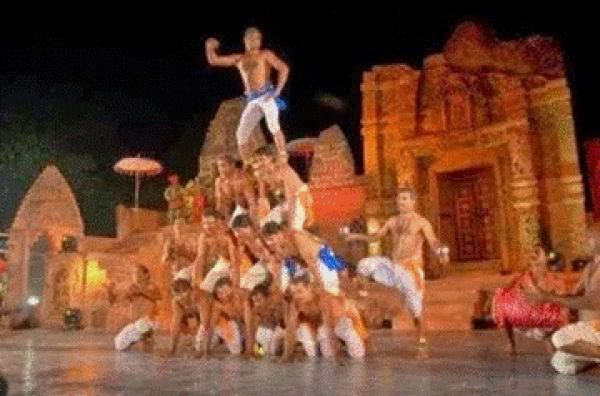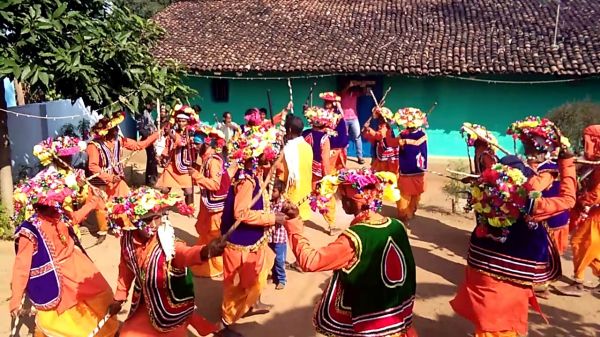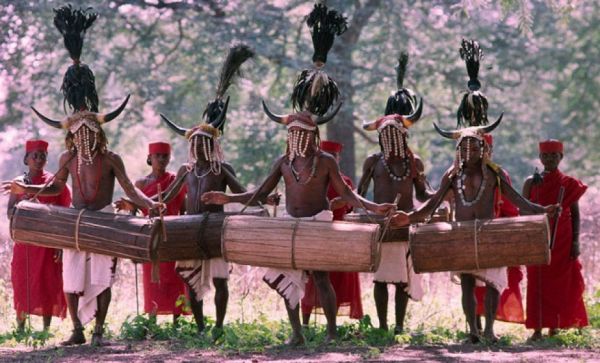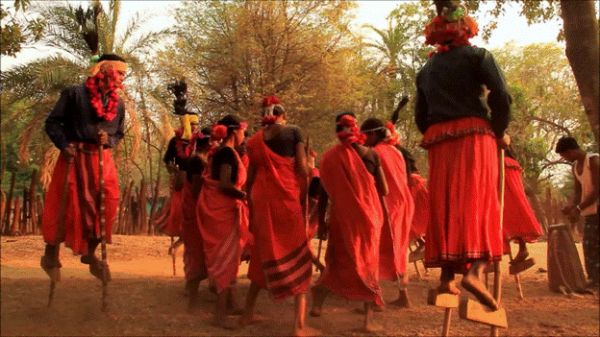Jhirliti
A lesser realized move structure, its extreme to order it as a set move structure because of absence of a fixed example.
A Halloween like custom, it is played by the children in the Bastar area. As the sun sets in, the children are altogether spruced up in clothes and destroyed ensembles. Their faces become nothing not exactly a canvas with chalk, coal and powdered rangoli spread over it.
They move around aimlessly before every one of the houses in the town after which they are offered proportion as hint of appreciation for the move and indeed, there is a festival by the children with similar things gathered! Its actual effect must be believed to be experienced!


